Holding All Things with Open Hands
In Part 1 we talked about the importance of properly remembering and recognizing the people or pillars of our organizations, the organization’s culture, and the stories. Pillars are those people who perform like strong columns that our companies are built around; they support things day in day out. They are solid and change less than the personalities in the executive meetings. In Culture Eats Strategy for Lunch the authors talk about our talent and staff as “more than ‘butts in seats’” which we all nod in agreement to. But they go onto say “whatever talent you collect, the culture will reflect it” to drive home the point that our organization’s culture is transacted in the currency of our talent. Deflated or counterfeit talent means our culture will be washed our, lack buying power and deliver lack luster performance.
Culture Is Critical
Culture then is the natural outworking of the talent around us but also how we’ve connected them with the purpose of the organization and the tangible pieces of our leadership styles. Our stories are the wisdom, myths, best practices, epic failures, and mission as folks connect with it; all are our historical “whys.” We need to lay hold of these, but one should capture the past with open hands. This is important because the moment we seize the whys with white knuckles, we risk clinging too tightly, never letting go, or holding on beyond where it makes good sense.
So the next time you map a strategy to a new future state, pause, pull your organization together, and capture the images of the shore you are on before embarking for the new distant shore. Pull history, stories, and practices out into the open, and treasure those items you want to keep and honor those you don’t, and still others may need immortalizing or even a good burial, which is why how tightly we grip is important.
Two quick examples from Part 1, as the team in Costa Rica embarked on a new future state customer service was recognized as paramount, we remembered. So a new customer service training program was rolled out to emphasize, reinvigorate and make sure customer service wasn’t lost in transition. On the other end of the spectrum was a body of work that just needed to go away, it was old non-value added work we had clung to for too long, it was systematically eliminated and what couldn’t be was outsourced.
So our grip on the past is a pivotal factor; if we grip too tightly because of pride, fear of letting go, or some rationalized belief that says, “This is too important,” we risk not moving forward. Think of it this way, in life we have to let go of the doorknob we closed behind us to grasp the new door to open; trying to hold both simultaneously prevents closure and at the same time thwarts our forward progress.
Resilience Is a Muscle
Another reason to round up and collect these stories and practices is personal and organizational resilience. Resilience is like a muscle: each event, old and new, is the weight on the dumbbell and the reps that build strength. Over time the tolerance and capacity for change increases just like weight on the dumbbell. In training with weights muscle memory guides and directs us, and similarly in our organizations and teams, the history, wisdom, and stories inform what we will do today and next week and in the future.
The next part of this series will be exploring the transition curve or grief cycle, the first stage being denial. Denial is our mind, heart, and soul’s way of saying, “Wait a minute here, there are important elements of the past that must be remembered and honored.” So take inventory today. It is never too late to capture these nuances, conditions, culture, and pillars. The only unsatisfactory answer is to ignore, to see no value, to be complacent, or to forget to notice.

